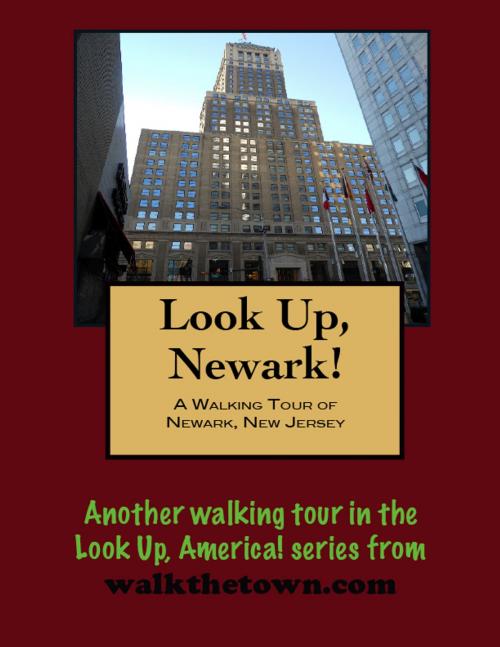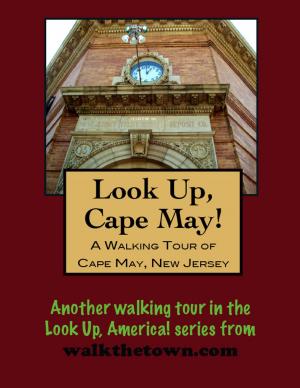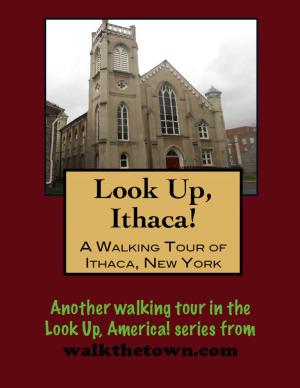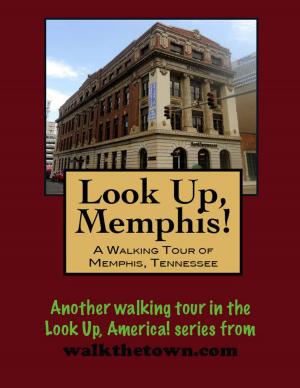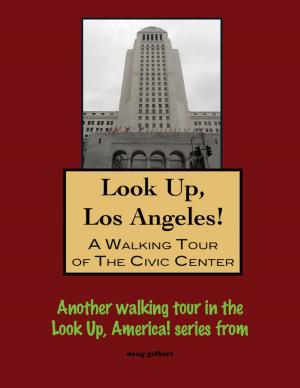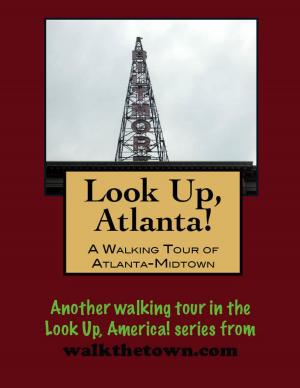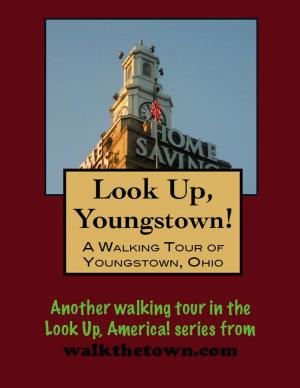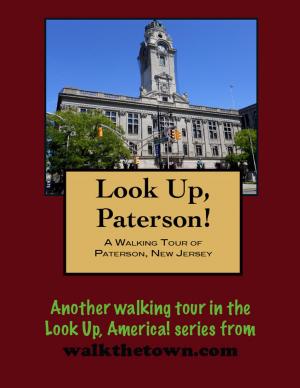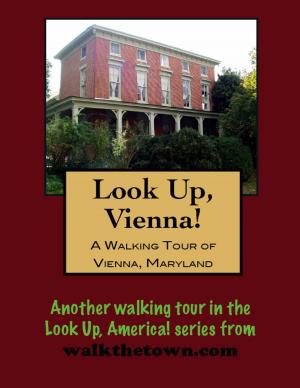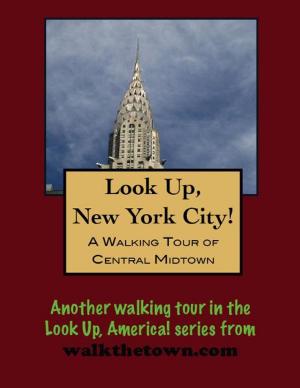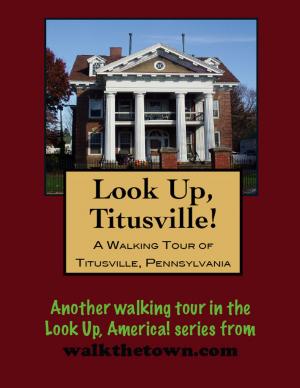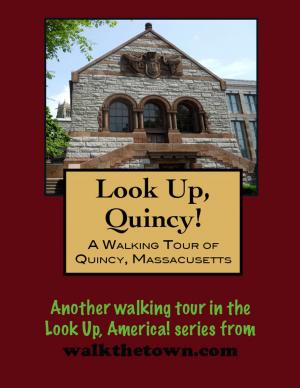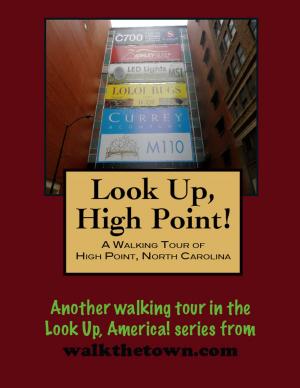| Author: | Doug Gelbert | ISBN: | 9781458066091 |
| Publisher: | Doug Gelbert | Publication: | March 3, 2011 |
| Imprint: | Smashwords Edition | Language: | English |
| Author: | Doug Gelbert |
| ISBN: | 9781458066091 |
| Publisher: | Doug Gelbert |
| Publication: | March 3, 2011 |
| Imprint: | Smashwords Edition |
| Language: | English |
There is no better way to see America than on foot. And there is no better way to appreciate what you are looking at than with a walking tour. This walking tour of Newark, New Jersey is ready to explore when you are. Each walking tour describes historical, architectural landmarks, cultural sites and ecclesiastic touchstones and provides step-by-step directions.
Every tour also includes a quick primer on identifying architectural styles seen on American streets.
In the 1660s Robert Treat found things getting a little too loosey-goosey in his once strictly religious New Haven Colony in Connecticut. It took him five years of searching the early American wilderness to find property on the west bank of the Passaic River. In 1666 he gave gunpowder, one hundred bars of lead, twenty axes, twenty coats, guns, pistols, swords, kettles, blankets, knives, beer, and ten pairs of breeches to the Hackensack Indians for the land that would be called “New Ark” or “New Work.” History is a bit muddy on the naming of Newark.
Treat’s new utopian community would remain under strict religious control for almost 70 years. The original New England Puritans were scoffed at as party animals by these settlers. As a consequence the hamlet attracted few settlers. In 1733 Colonel Josiah Ogden, a well-respected member of the village, was sanctioned for gathering his wheat on a Sunday to save it from an impending storm which launched a permanent rift in the church. But a true break with the religious hierarchy in Newark town would not come until the advent of trade and commerce after the American Revolution. The stirrings of Newark’s future as an American industrial powerhouse began simply enough with the leather trade and rudimentary jewelry-making in the early 1800s. the future arrived in 1815 in the form of a Massachusetts transplant named Seth Boyden. Boyden’s tinkering with leather-making processes resulted in the discovery of patent leather. Soon most of America’s leather was being shipped from Newark, 90% of it by 1870. Boyden then turned his attention to iron and invented a way to shape it by producing malleable iron. About the same time advance in transportation brought the coal fields of Pennsylvania to Newark via the Morris Canal in 1831 and the first railroads a few years later. Newark was off to the races; in 1836 it incorporated as a city.
It was said, with only slight exaggeration, that every kind of product sold in the United States was manufactured in Newark. Financially, Newark became the second-largest insurance company in America. The population soared from 136,508 in 1880 to 347,000 by 1910. It would eventually peak at 450,000. The intersection of Broad and Market streets, where Robert Treat had built a cabin 250 years earlier, was called the busiest in the country.
The last half of the 20th century, however, brought all the plagues of big city life to Newark, magnified several-fold. City planners had envisioned a growing metropolis that would swallow surrounding towns and keep the city coffers flush with tax money. It didn’t happen. Manufacturing jobs disappeared with nothing to replace them. Urban renewal and housing shortages exacerbated racial tensions between residents. While Newark is still New Jersey’s largest city with a population of 280,000 the number of people it has lost is greater than the population of nearly every other town in the state. Newark, however, has not been immune to the renaissance that has enveloped America’s cities. In the past dozen years the downtown has sprouted a performing arts center, a baseball stadium, a major league hockey arena and several historic buildings have received multi-million dollar facelifts. Our walking tour of today’s Newark will begin with a toe in the past where business was transacted back in 1667...
There is no better way to see America than on foot. And there is no better way to appreciate what you are looking at than with a walking tour. This walking tour of Newark, New Jersey is ready to explore when you are. Each walking tour describes historical, architectural landmarks, cultural sites and ecclesiastic touchstones and provides step-by-step directions.
Every tour also includes a quick primer on identifying architectural styles seen on American streets.
In the 1660s Robert Treat found things getting a little too loosey-goosey in his once strictly religious New Haven Colony in Connecticut. It took him five years of searching the early American wilderness to find property on the west bank of the Passaic River. In 1666 he gave gunpowder, one hundred bars of lead, twenty axes, twenty coats, guns, pistols, swords, kettles, blankets, knives, beer, and ten pairs of breeches to the Hackensack Indians for the land that would be called “New Ark” or “New Work.” History is a bit muddy on the naming of Newark.
Treat’s new utopian community would remain under strict religious control for almost 70 years. The original New England Puritans were scoffed at as party animals by these settlers. As a consequence the hamlet attracted few settlers. In 1733 Colonel Josiah Ogden, a well-respected member of the village, was sanctioned for gathering his wheat on a Sunday to save it from an impending storm which launched a permanent rift in the church. But a true break with the religious hierarchy in Newark town would not come until the advent of trade and commerce after the American Revolution. The stirrings of Newark’s future as an American industrial powerhouse began simply enough with the leather trade and rudimentary jewelry-making in the early 1800s. the future arrived in 1815 in the form of a Massachusetts transplant named Seth Boyden. Boyden’s tinkering with leather-making processes resulted in the discovery of patent leather. Soon most of America’s leather was being shipped from Newark, 90% of it by 1870. Boyden then turned his attention to iron and invented a way to shape it by producing malleable iron. About the same time advance in transportation brought the coal fields of Pennsylvania to Newark via the Morris Canal in 1831 and the first railroads a few years later. Newark was off to the races; in 1836 it incorporated as a city.
It was said, with only slight exaggeration, that every kind of product sold in the United States was manufactured in Newark. Financially, Newark became the second-largest insurance company in America. The population soared from 136,508 in 1880 to 347,000 by 1910. It would eventually peak at 450,000. The intersection of Broad and Market streets, where Robert Treat had built a cabin 250 years earlier, was called the busiest in the country.
The last half of the 20th century, however, brought all the plagues of big city life to Newark, magnified several-fold. City planners had envisioned a growing metropolis that would swallow surrounding towns and keep the city coffers flush with tax money. It didn’t happen. Manufacturing jobs disappeared with nothing to replace them. Urban renewal and housing shortages exacerbated racial tensions between residents. While Newark is still New Jersey’s largest city with a population of 280,000 the number of people it has lost is greater than the population of nearly every other town in the state. Newark, however, has not been immune to the renaissance that has enveloped America’s cities. In the past dozen years the downtown has sprouted a performing arts center, a baseball stadium, a major league hockey arena and several historic buildings have received multi-million dollar facelifts. Our walking tour of today’s Newark will begin with a toe in the past where business was transacted back in 1667...
